
 Gilles Gerbier
(contact)
Gilles Gerbier
(contact)
My research is primarily focused on the direct detection of dark matter and
the development of innovative instrumentation. My group is currently developing
a 1.4 meter diameter spherical gaseous detector that will be used to search for
WIMPs in the GeV to subGeV mass range. This detector is to be encased in lead
and polyethylene shields, placed deep underground at SNOLAB to protect from
external sources of radiation. This research involves design, simulations,
physics analysis and skills to reduce background in detectors, and to understand
and optimise detector response. R&D is also conducted at Queen's University to
use these kinds of detectors for radiation (neutron and gamma) measurements. I
am also, with my colleagues Wolfgang Rau and Philippe Di Stefano, setting up a
new facility, CUTE, in SNOLAB. This will be used to test cryogenic detectors for
SuperCDMS and EURECA collaborations. Please feel free to e-mail me. I am always
looking for motivated team members, from undergraduates to Post-Doctoral
fellows, who are interested in dark matter and are looking for a challenge.
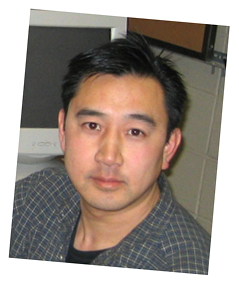
My research interests include: neutrino physics, geoneutrinos, dark
matter and cosmic rays. Our group is developing the
SNO+ detector, a
follow-up experiment to SNO in which we
will replace heavy water with liquid scintillator. This will enable precision
study of the neutrino-matter interaction and the detection of geoneutrinos,
which can be used as a probe of the deep Earth. It's possible that we can
search for neutrinoless double beta decay using
SNO+ loaded with neodymium. I'm
a member of the DEAP experiment. An
additional project of mine is the attempt to detect ultra high energy cosmic
rays hitting the Moon by using the GMRT radio telescope in India to look for
weak radio impulses from the lunar surface.
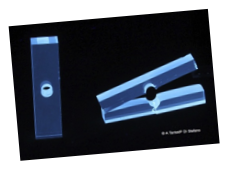
Philippe Di Stefano (not pictured)
(home page,
contact)
The nature of the dark matter that makes up most of the matter in the
Universe remains an enigma after over seventy years. Cryogenic detectors that
operate at temperatures barely above absolute zero have some of the best
sensititives to the putative weakly-interacting, massive, particles (WIMPs) that
could elucidate this mystery. I currently work on the
SuperCDMS experiment that
aims to deploy 100 kg of such detectors in the SNOLAB underground laboratory
near Sudbury. My research interests also include development of low-temperature
scintillators and novel applications of cryogenic detectors to materials
science. Students (graduate and undergraduate) or postdoc candidates who are
motivated by this type of experimental work should not hesitate to contact me to
discuss possible projects.
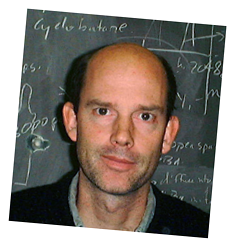
My research interests are focused on aspects of astroparticle physics. I
am leading the Queen's effort in the
PICO Dark Matter search
collaboration while winding up activities on the
SNO project. Our
PICO
group is responsible for elements of detector design, construction and
operation, as well as determining ways to reduce the radioactive
backgrounds that otherwise limit our sensitivity. Students participate in
hardware, software and physics analysis. I am also actively involved in
establishing SNOLAB as the premier
international facility for underground astroparticle physics. I am always keen
to hear from prospective graduate students.

 Wolfgang Rau
(contact)
Wolfgang Rau
(contact)
My research is focused on direct search for dark matter, primarily working
with cryogenic detectors being developed for SuperCDMS. I am very interested
in understanding the physics of the detectors which is essential for
understanding the data as well as for improving the detectors or finding new
operational modes. I am also involved in data analysis, Monte Carlo
simulations and background reduction. As leader of the Canadian invovlement
in SuperCDMS I am pushing forward with the next phase of the experiment to
be installed at SNOLAB.
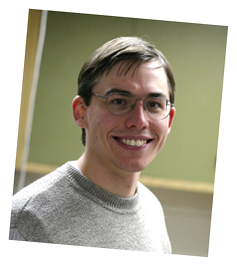
Since arriving back at Queen's in the fall of 2012 as an
Institute of Particle Physics Research Scientist, my
research effort has focused on SNO+. Most recently, I am
working on the water purification system that will provide
the ultra-pure water to shield the active scintillator
volume, and on the method that will be used to load isotope
into the scintillator for the SNO+ neutrinoless double beta
decay phase.
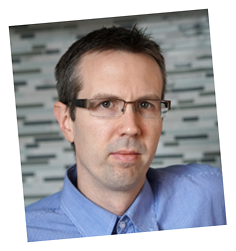
My research is focused on advancing our understanding of neutrinos and dark
matter by conducting experiments located in deep underground laboratories such
as SNOLAB. I am particularly interested in technologies that can have multiple
applications; for example, I am currently developing germanium detector
technologies to both understand neutrinos and to search for the existence of
dark matter. I am a member of the SNO+,
MAJORANA, NEWS-G, and MINER
Collaborations and I am always looking for new members to join my research
team.
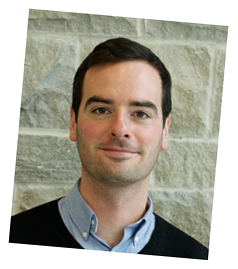
(contact)
Guillaume Giroux

I was recently appointed to Queen's University and CPARC as assistant professor in experimental particle astrophysics. My
research interests encompass the search for dark matter, the search for neutrinoless double-beta decay, and low-
background techniques. Prior to my new appointment, I was a postdoctoral fellow at Queen's University working with Dr.
Tony Noble on the PICO dark matter search experiments at SNOLAB where I acted as the data analysis coordinator for the
PICO collaboration. I earned my doctoral degree in 2012 from Bern University, Switzerland, working with Dr. Jean-Luc
Vuilleumier. My dissertation research focused on the search for neutrinoless double-beta decay of Xenon-136 within the
EXO collaboration. After graduating, I continued working as a postdoctoral fellow with Dr. Vuilleumier on the development
of a novel light detection scheme for use in medium-pressure gas time projection chambers (TPCs). I also hold a B.Sc. and
a M.Sc. from Université de Montréal where I worked with Dr. Viktor Zacek on the detector fabrication, installation, and
data analysis of the PICASSO experiment.
Emeritus
Hugh Evans
Hamish Leslie
(contact)
Hay-Boon Mak
(contact)
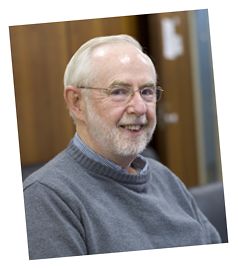
Co-Recipient of the 2015 Nobel Prize in Physics
My research activities are as follows:
The completion of the SNO data
to provide an independent check of our earlier results and a more precise
determination of the neutrino mixing properties.
The SNO+ project that is to
look in detail at low-energy solar neutrinos for further detailed information
about neutrino mixing parameters, as well as neutrinoless double beta decay with
130Te added to liquid scintillator in the SNO detector.
The DEAP/CLEAN project with the
potential to provide greatly increased sensitivity for Dark Matter detection
with liquid noble gas.
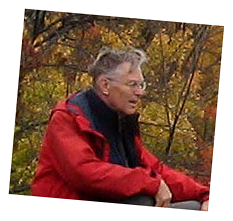
(contact)
Barry Robertson

If you have questions or comments about the content of this website, please contact
qusno@sno.phy.queensu.ca.